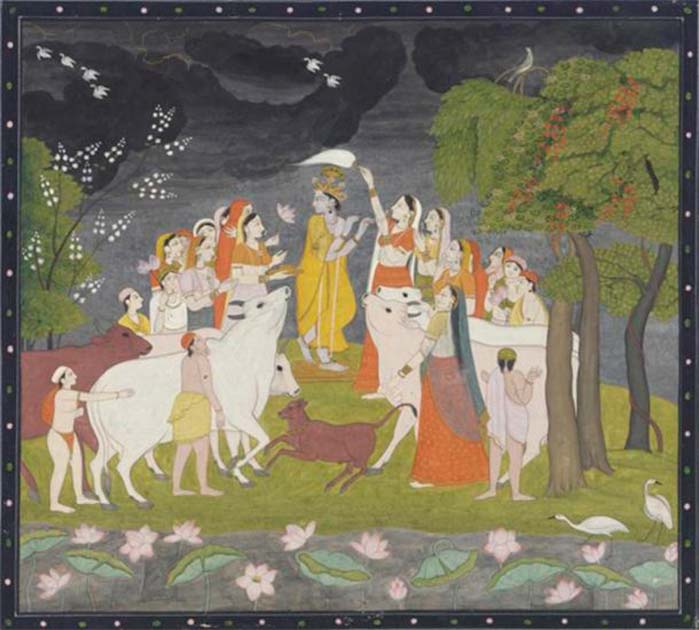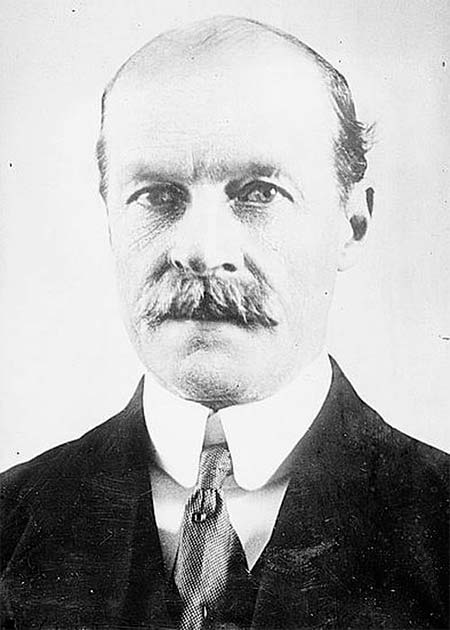The Krishna Butter Ball is an enormous rock located in Mahabalipuram, a town in the Kancheepuram district in the Indian state of Tamil Nadu. This massive stone fascinates tourists, seeming to defy the laws of physics as it precariously balances on the slope of a hill.
Despite various attempts to dislodge it, the rock has remained in place, neither rolling down the hill nor moving in any other direction. Numerous theories attempt to account for this baffling natural phenomenon, but none has provided a satisfactory explanation.
The Legend Behind the Butter Ball
Locally, the Krishna Butter Ball was originally known as Vaan Irai Kal, which translates from Tamil as “Stone of the Sky God”. This title hints at a legend suggesting the gods themselves placed the boulder in Mahabalipuram, demonstrating their divine strength to the town’s residents. A more contemporary theory replaces gods with extraterrestrial beings who visited the site millennia ago.
- Dvaraka: Lord Krishna’s Gateway to Where?
- The Oregon Meteorite Mystery: Was the Port Orford Incident a Hoax?
The transition from “Stone of the Sky God” to “Krishna’s Butter Ball” is credited to an imaginative local tour guide. According to Hindu mythology, Krishna, in his childhood, was fond of stealing butter. Given that the enormous boulder at Mahabalipuram somewhat resembles a large glob of butter in form and color, it was humorously named Krishna’s Butter Ball and the name has endured since then.

The Creation of the Mysterious Boulder
The Butter Ball of Krishna is a considerable mass, estimated to weigh over 250 tons (227 tonnes) and measuring approximately 6 meters (19.6 feet) tall by 5 meters (16.4 feet) in diameter. The boulder rests precariously on a 45-degree slope, making contact with the hill’s surface at a minuscule point.
Despite the unstable positioning, the rock remains firmly in place. While some hypothesize that the boulder was formed naturally, this seems unlikely given its unusual shape. The flat side of the rock also makes it improbable that it was shaped solely by natural forces.

Failed Attempts at Relocation
Throughout history, there have been attempts to move Krishna’s Butter Ball, all proving unsuccessful. For something that seems so precarious, the giant boulder has proven surprisingly resistant to anyone trying to dislodge it.
- Savitri and Satyavan: The Princess, the Prince and the Secret to Immortality
- The Enigma of the Sayhuite Monolith: Strange Designs, Unknown Artisan
One of the earliest reported attempts was made by Narasimhavarman, a Pallava king from the 7th century AD, who wished to safeguard the divine rock from sculptors. However, despite his noble intentions, the rock remained immovable.

Another recorded attempt was made in the early 20th century by Arthur Lawley, the Governor of Madras, in 1908. Fearful that the boulder would tumble down and demolish the town situated at the base of the hill, he ordered the rock’s removal.

The story goes that seven elephants were enlisted in this effort, yet the rock didn’t shift in the slightest. Lawley’s concerns proved unnecessary as, over the past century, the Krishna Butter Ball hasn’t moved an inch or shown any signs of rolling downhill, safeguarding the town from any potential destruction.
A Source of Inspiration
The remarkable Krishna Butter Ball has inspired creative minds, leading to the creation of the “Tanjavur Bommai”, a traditional Indian roly-poly toy crafted from terracotta. Raja Raja Chola, who ruled from the late 10th to the early 11th centuries AD, was reportedly influenced by the boulder and subsequently designed this toy. Today, Krishna’s Butter Ball stands as one of Mahabalipuram’s main tourist attractions.
Top image: Krishna’s Butter Ball. Photo source: (Viswa2625 / CC BY-SA 3.0)
By Wu Mingren